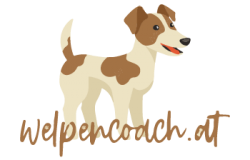Stress-free dog encounters
Encountering other dogs on walks is something that every dog owner is being confronted with immediately and very regularly. But what is the best way to handle these encounters?
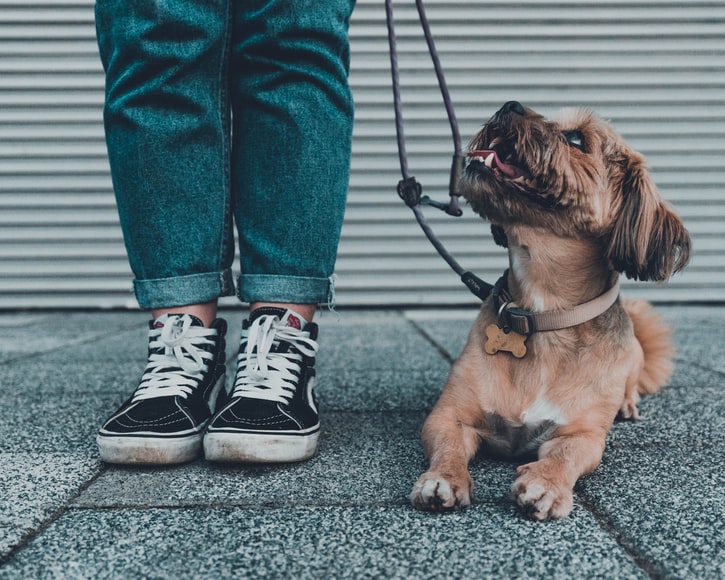

Interactions with other dogs
Unfortunately there are still quite some misunderstandings about this topic. Especially for puppies and young dogs, contacts with conspecifics are very important for their social development. However, the quality of the interaction is way more important than the quantity! That means your puppy should have the opportunity to play with its friends or in a controlled puppy group around 2 to 3 times a week. These high quality interactions are way more beneficial than letting your puppy greet every dog you encounter on a walk while being on a short leash. These short interactions while being leashed , mostly mean more stress for the dogs since they are restricted in their natural way of communication. That is why it is worth it to practice calmly walking past other dogs on walks with your puppy.
Walking in an arc
If two well-socialized dogs meet off leash, they would never walk towards each other in a straightline. Instead they approach each other in an arc, so that they are able to clearly see the bodylanguage of the interaction partner. Often they will also sniff on the ground and avert their gaze. These are calming signals that deescalate the encounter and signal to the other „I come in peace and do not want any trouble“. If there is now an encounter of two dogs being walked on leash by their owners, the dogs are not able to communicate in the described deescalating way. For many dogs this already results in stress. The easiest way to help your dog through those situations is therefore to evade the other dogs by walking in an arc and avoid a too tight encounter. The distance for a stress free encounter depends on your individual dog. At the beginning of the training try to find the distance at which your dog is able to stay calm and responsive to you and start working from there. Bit by bit you can then lower the distance to the other dog in training.
Attention
Of course your dog is allowed to notice and observe other dogs on your walks. But it should be also possible to turn its attention away from the other dog and onto you to keep on walking calmly. Ideally you already practice an attention-command with your dog at home and without any
distractions. Then you slowly increase distractions until your dog is able to execute this command while being around another dog. As explained above, start with a big distance between you and the other dog and then slowly decrease the distance. After a while it will be possible to walk past other dogs while your puppy happily gives you its full attention. Like in any other training, the timing of the reward here is very crucial. Only reward your dog, when it is in a calm state of mind and its attention is on you. In case dog encounters are something extra exciting for your dog and it is not able to shift its attention onto you, you can intermediately work with a marker word for calm behavior. Visiting a dog school to practice dog encounters, is extra beneficial, since there these situations can be trained in a controlled environment.
Stay calm
I know it is always easier said than done, but still unbelievably important: staying calm. Your dogwill definitely notice you already tensing up when you see another dog from the distance and then react with high alertness itself. A couple of tips that can help you relax in those specific situations:
– do not hold your breath but rather focus on calm and steady breathing.
– relax your shoulders and your arms, stray upright and do not bend over your dog
– keep a calm but determined waling pace
– if you talk to your dog, choose a friendly and calm voice
And even if this specific dog encounter did not go ideally, do not give up! The next one will probably already go better 🙂 only practice makes perfect!
Yours Vanessa Bock
Teilen:
Neueste Beiträge
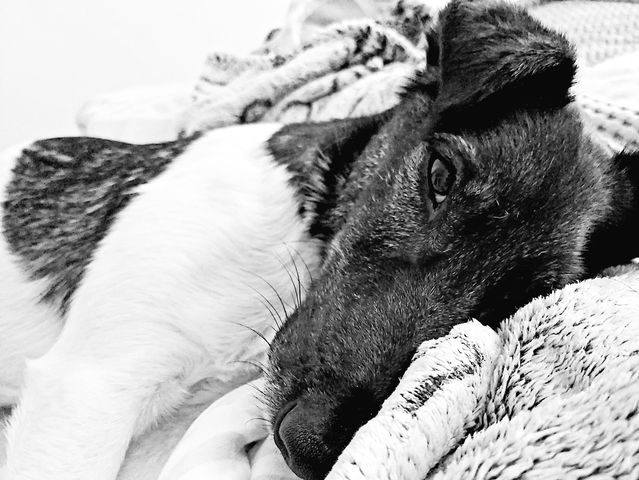

Ganzheitliches Hundetraining
Ganzheitliches Hundetraining Es könnte alles so einfach sein, ist es aber nicht! Das Bild auf dem Noomi so gechillt liegt und schläft ist schon älter,
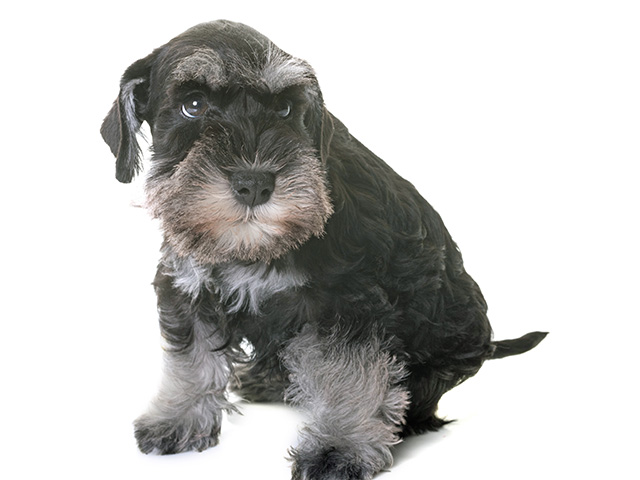

Spooky Periods – Angstphasen beim Hund
Spooky Periods Wir alle kennen die Fremdelphase bei Kindern, diese tritt ab dem 4. Lebensmonat auf und hat ihren Höhepunkt zwischen dem 2. und 3.
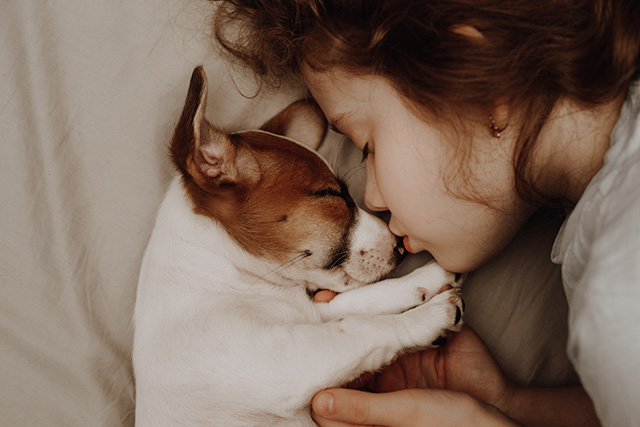

Bindungstheorie
Die Bindungstheorie Die Bindungstheorie belegt das Bedürfnis des Menschen nach engen Beziehungen im Laufe des Lebens, sie basiert auf der frühen Mutter-Kind-Beziehung. Es gibt 4
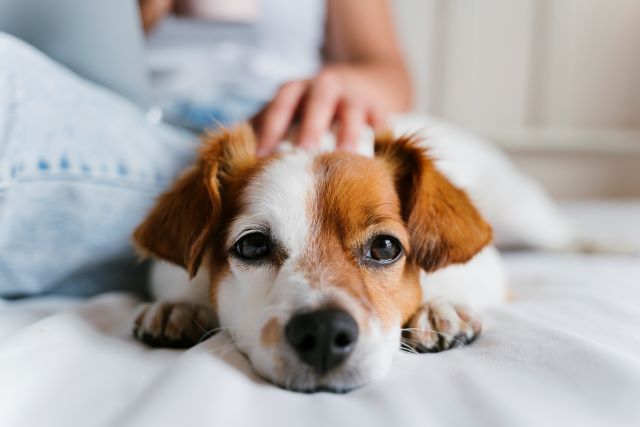

Selbstwirksamkeit
Was ist Selbstwirksamkeit? Im menschlichen Bereich wird unter Selbstwirksamkeit die Überzeugung einer Person verstanden, schwierige Situationen zu meistern und Herausforderungen zu bewältigen. Für unsere Hunde
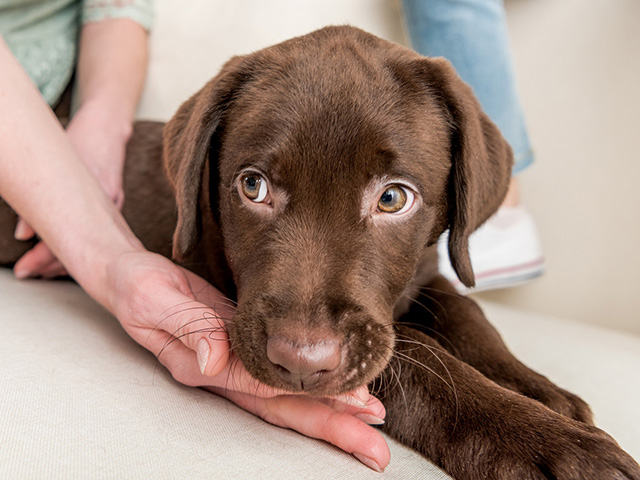

Übersprungsverhalten
Übersprungsverhalten – was ist das? Dein Hund zeigt Verhaltensweisen die für dich plötzlich und unerwartet auftreten, ja gar unangemessen zu sein scheinen! Du warst gerade
